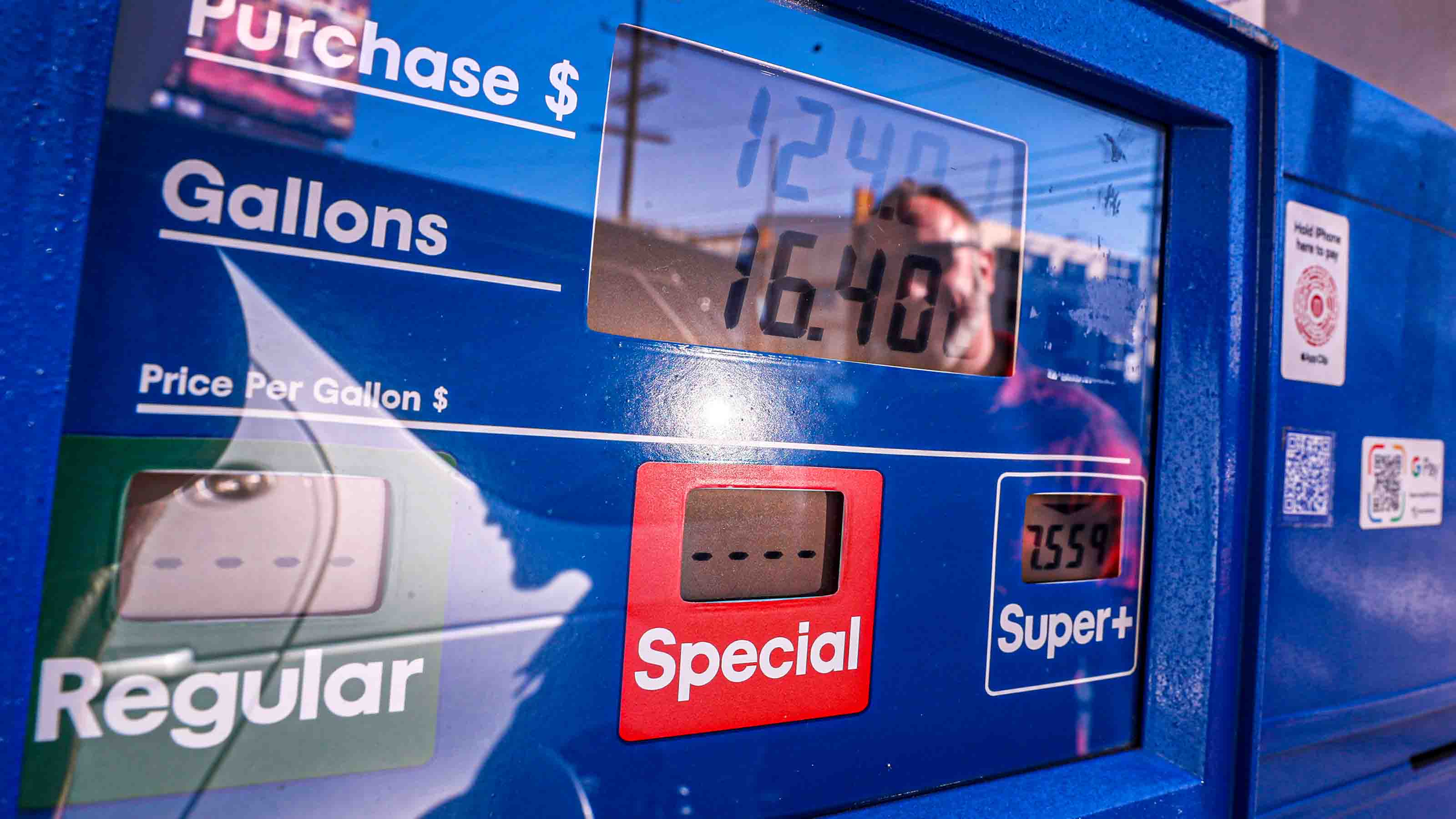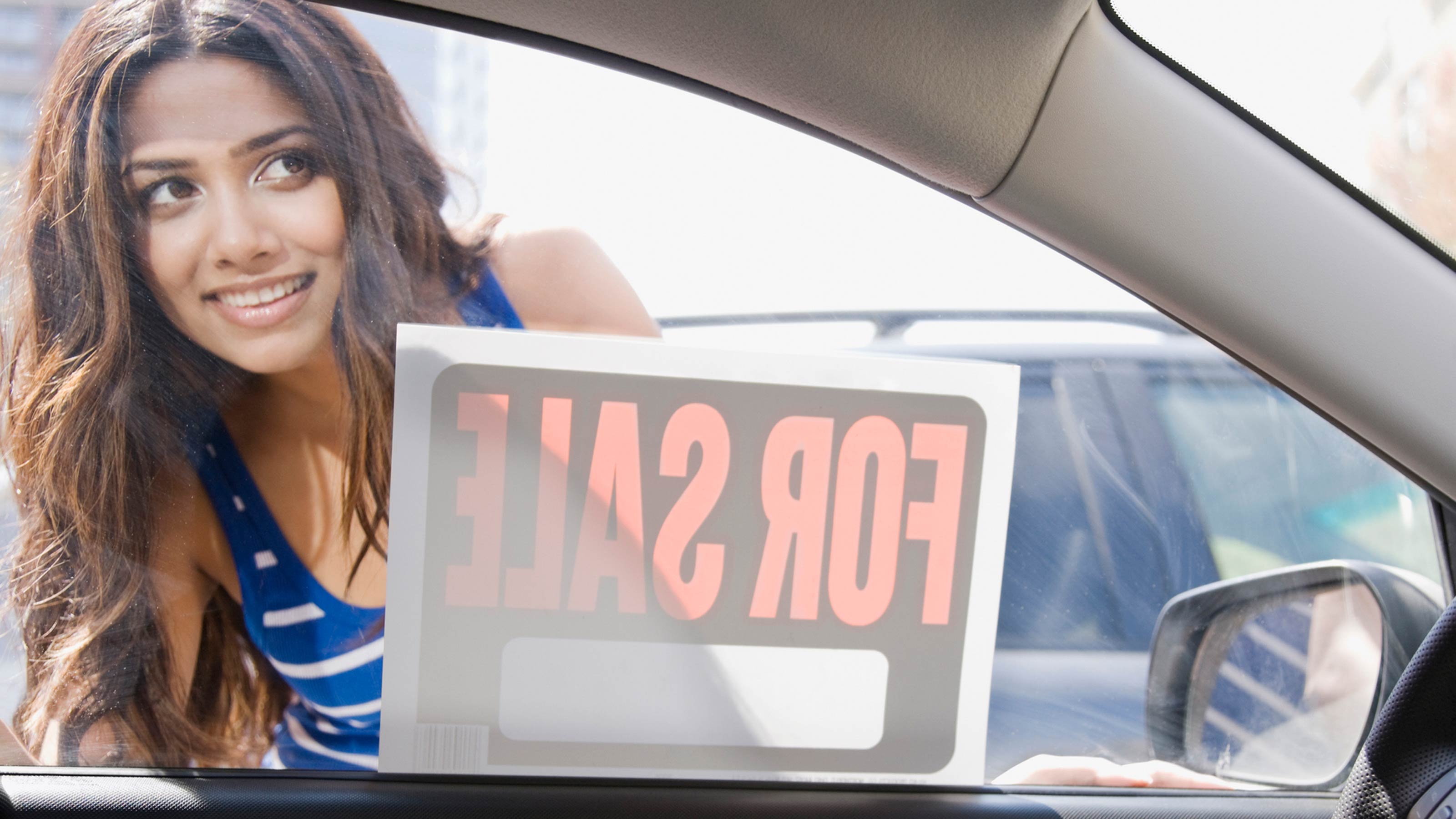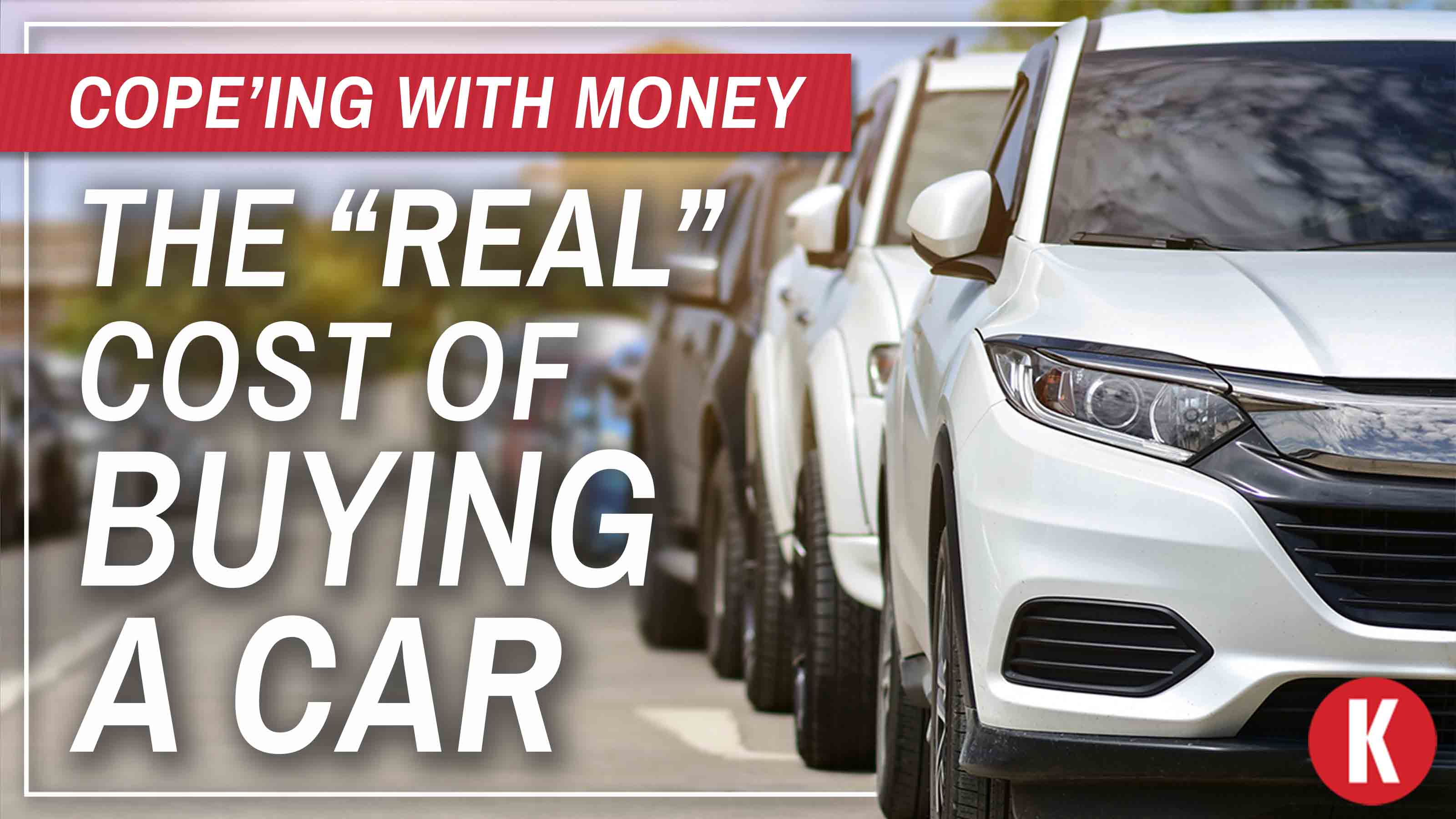ABCs of a Great Car Loan
A few simple strategies will prevent you from being fleeced in the dealer's finance office.

In the Internet age, finding new-car data to use as haggling ammo is easy. But many buyers who spend days whittling the sticker price let down their guard and hand the savings back when they accept a dealer's car-loan rate. It's easy to see why. The rate you get depends on information that's not always easy to come by. Plus, dealers put their most talented closers in the financing-and-insurance office, where you are subjected to a rash of offers for extended warranties and other add-ons as well as a blizzard of paperwork that can exhaust you into submission.
| Row 0 - Cell 0 | The 2009 Cars: Deals Are Insane |
| Row 1 - Cell 0 | SLIDE SHOWS: Best Cars for 2009 |
| Row 2 - Cell 0 | EXTRA: Green Machines 2009 |
| Row 3 - Cell 0 | MORE: Kiplinger's Car Buying Guide |
Dealers have also been known to bump the rate above what you should pay based on your credit history. If you qualify for a 6.5% rate but the dealer charges 8% on a 60-month, $20,000 car loan, you pay $900 more in interest. That's extra profit for the dealer.
Where do you stand?
The interest rate you pay depends on the credit "tier" you fall into. Tier A and sometimes tier B borrowers get the best rates; E borrowers pay up to 30% interest. On five-year loans, A-credit customers shopping for a new vehicle could recently command rates of 6% to 7%, or as low as 0% on vehicles sporting low-rate incentives.

Sign up for Kiplinger’s Free E-Newsletters
Profit and prosper with the best of expert advice on investing, taxes, retirement, personal finance and more - straight to your e-mail.
Profit and prosper with the best of expert advice - straight to your e-mail.

The tier you fall into depends mostly on your credit score, so the first thing you should do is research that number. You can get a free credit report once a year from each of the big-three credit bureaus at www.annualcreditreport.com, but you usually have to pay $6 or so to get your credit score. FICO scores, the most popular flavor, range from 300 to 850. About half of all car buyers who finance a vehicle have a score above 720 (tier A), according to a study by the Consumer Banker's Association. Another 25% beat 680 (tier B). If you have a borderline score, you could be boosted into a higher tier if you make a sizable down payment or shorten the loan term.
In the U.S., the average down payment for a car is $2,400, the average amount financed is $24,864, and the average monthly payment is $479, according to Edmunds.com. The most popular loan term is now a payment-stretching six years.If you're "upside down" on your old car loan (you still owe money on it after the trade-in), it's no longer a deal breaker. In these days of easy credit, lenders will roll the old balance into the new. Nor are down payments de rigueur; you can finance up to 100% of the manufacturer's suggested retail price plus taxes, tags and fees.
Avoid the traps
A few simple strategies will prevent you from being fleeced in the dealer's finance office. Your best bet is to have a good loan rate in the bag before you even set foot on the car lot. First, find out the annual percentage rate you qualify for, and then get pre-qualified for a loan from your bank, your credit union or an online lender, such as E-Loan or Capital One Auto Finance. If the dealership can't beat the rate, politely decline its loan.
A corollary is to keep all transactions -- price of the car, value of the trade-in and financing -- separate. If you let the dealer merge them, it's tough to know if you're getting the best deal on each one. And a dealer who knows how much you'd like your monthly payment to be can play with the price, options, trade-in value and interest rate to come up with what you budgeted -- often by extending the loan term. See Wheeling and Dealing to learn more about how to negotiate your deal.
Should you take a low-rate-financing incentive instead of a cash rebate? Zero percent is hard to beat, but if your loan rate is low, say 4.9%, the decision is tougher. One rule of thumb is to take the cash if you plan to keep the vehicle less than three years. But run the numbers on an Internet calculator such as the one at kiplinger.com/links/carincentive.
Writing a check from your deductible home-equity line of credit isn't always a good strategy now that average interest rates are about 8.8%. It's probably better to keep the home-equity funds intact for a home-remodeling project or financial emergency.
Get Kiplinger Today newsletter — free
Profit and prosper with the best of Kiplinger's advice on investing, taxes, retirement, personal finance and much more. Delivered daily. Enter your email in the box and click Sign Me Up.

Mark was the editor of Kiplinger's Personal Finance magazine from July 2017 to June 2023. Prior to becoming editor, he was the Money and Living sections editor and, before that, the automotive writer. He has also been editor of Kiplinger.com as well as the magazine's managing editor, assistant managing editor and chief copy editor. Mark has also served as president of the Washington Automotive Press Association. In 1990 he was nominated for a National Magazine Award. Mark earned a B.A. from University of Virginia and an M.A. in Writing from Johns Hopkins University. Mark lives in Washington, D.C., with his wife, and they spend as much time as possible in their Glen Arbor, Mich., vacation home.
-
 Stock Market Today: Stocks Soar on China Trade Talk Hopes
Stock Market Today: Stocks Soar on China Trade Talk HopesTreasury Secretary Bessent said current U.S.-China trade relations are unsustainable and signaled hopes for negotiations.
By Karee Venema
-
 2026 Disney Dining Plan Returns: Free Dining for Kids & Resort Benefits
2026 Disney Dining Plan Returns: Free Dining for Kids & Resort BenefitsPlan your 2026 Walt Disney World vacation now. Learn about the returning Disney Dining Plan, how kids aged three to nine eat free, and the exclusive benefits of staying at a Disney Resort hotel.
By Carla Ayers
-
 Gas-Saving Tips That Actually Work
Gas-Saving Tips That Actually WorkThese are gas-saving tips that will actually work for you and your car this year.
By David Muhlbaum
-
 Want to Lease an EV? The Tax Credit 'Loophole' for That Could Go Away Soon
Want to Lease an EV? The Tax Credit 'Loophole' for That Could Go Away SoonTax Credits If you are deciding whether to lease or buy a car, here's what you need to know about the EV lease tax credit.
By Kelley R. Taylor
-
 Car Buying in a Topsy-Turvy Market
Car Buying in a Topsy-Turvy MarketYou need a new car? Good luck with that! What should you do? We've got some answers.
By Katherine Reynolds Lewis
-
 Watch Out for Flood-Damaged Cars from Hurricane Ian
Watch Out for Flood-Damaged Cars from Hurricane IanBuying & Leasing a Car In the wake of Hurricane Ian, more flood-damaged cars may hit the market. Car prices may rise further because of increased demand as well.
By Bob Niedt
-
 Car Buyers: The 3-Day Grace Period Is Just a Myth!
Car Buyers: The 3-Day Grace Period Is Just a Myth!Buying & Leasing a Car Many car buyers think they have three days after making a purchase to return a car. Here’s where they’re going wrong, and what they should do instead to get a decent used car.
By H. Dennis Beaver, Esq.
-
 PODCAST: Car-Buying in an Inflated Market with Jenni Newman
PODCAST: Car-Buying in an Inflated Market with Jenni NewmanBuying & Leasing a Car With cars both scarce and expensive these days, what to do if you want – or need – a new ride? Car-buying strategist Jenni Newman of Cars.com shares some tips. Also, more on the magical 9% savings bond.
By David Muhlbaum
-
 The "Real" Cost of Buying a Car
The "Real" Cost of Buying a CarFeature Atlanta Falcons linebacker and Kiplinger contributing editor Brandon Copeland illustrates how car prices are far more than meets the eye.
By Brandon Copeland
-
 How to Get a Car Deal in This Market
How to Get a Car Deal in This MarketBuying & Leasing a Car Low inventories mean it’s hard to haggle on price, but you can still negotiate on financing when shopping for a new or used car.
By Rivan V. Stinson